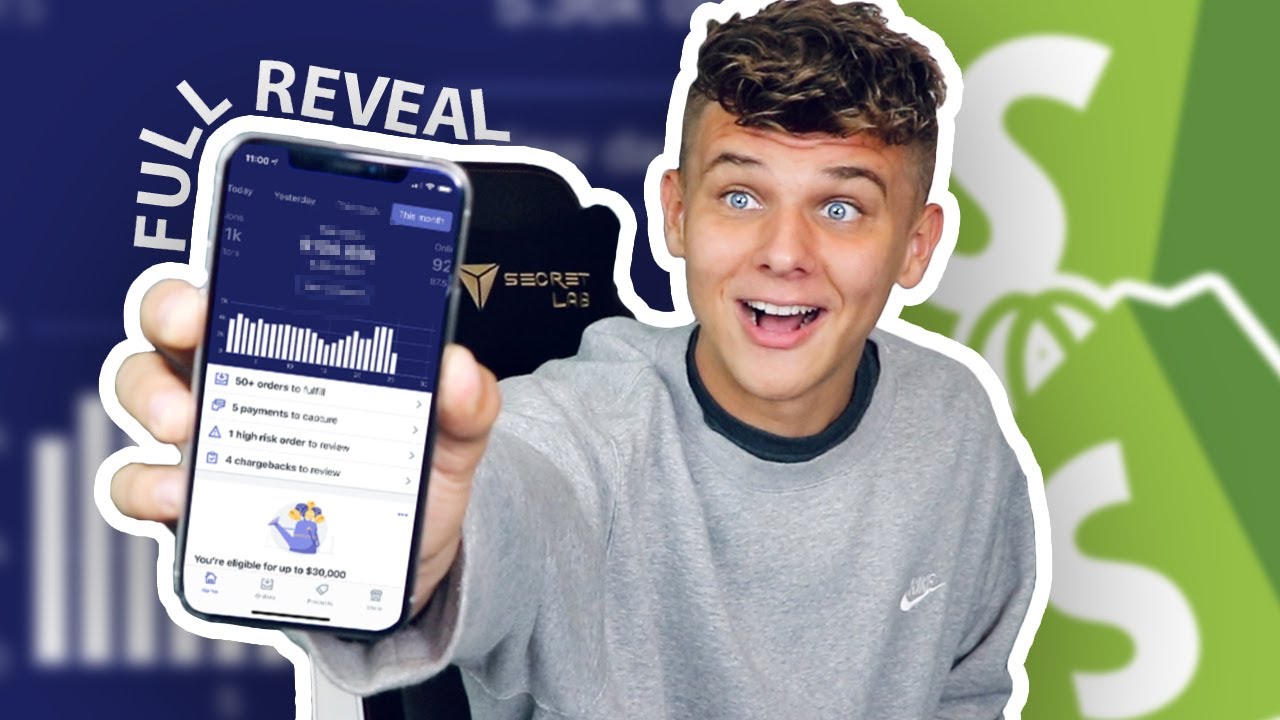
Are you looking to kickstart your e-commerce journey with Shopify dropshipping but feeling overwhelmed by the thought of it all? Well, fear not! In this article, we will delve into the exciting world of dropshipping and present you with a one-week Shopify dropshipping challenge that will help you get your online store up and running in no time.
Dropshipping has gained immense popularity in recent years due to its low startup costs and minimal risk involved. With Shopify, one of the leading e-commerce platforms, you can easily set up your dropshipping store and start selling products to customers worldwide. The best part? You don’t have to worry about inventory management or shipping logistics – it’s all taken care of by your suppliers.
Now, let’s dive into the one-week Shopify dropshipping challenge that will set you on the path to e-commerce success:
Day 1: Research and Niche Selection
The first step in your dropshipping journey is to research potential niches and select a profitable one. Use tools like Google Keyword Planner to identify trending products and niches with high search volumes. Consider factors like competition, target audience, and profit margins when choosing your niche.
Day 2: Set Up Your Shopify Store
On day two, it’s time to set up your Shopify store. Choose a catchy domain name, select a theme that aligns with your niche, and customize your store to reflect your brand identity. Don’t forget to add essential pages like About Us, Contact Us, and Shipping & Returns.
Day 3: Find Reliable Suppliers
Finding reliable suppliers is crucial for the success of your dropshipping business. Look for suppliers with a good track record, fast shipping times, and quality products. Consider using platforms like Oberlo or AliExpress to connect with suppliers and import products to your Shopify store.
Day 4: Add Products and Optimize
On day four, start adding products to your store. Write compelling product descriptions, add high-quality images, and optimize your product pages for SEO. Use relevant keywords to improve your store’s visibility on search engines and drive organic traffic.
Day 5: Marketing Strategy
It’s time to focus on marketing your store on day five. Utilize social media platforms, email marketing, influencer collaborations, and paid advertising to drive traffic to your store. Create engaging content that resonates with your target audience and encourages them to make a purchase.
Day 6: Customer Service and Support
Providing excellent customer service is key to building a loyal customer


